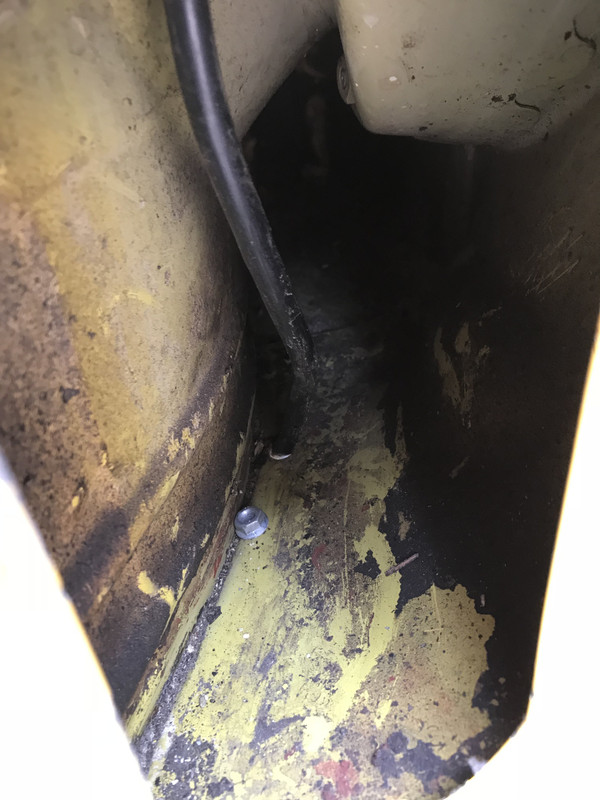Kajtek1
2015 3500 X long limo RV
I am converting my van and took most of the interior apart.
I don't see any flaps for out -venting?
All MB cars do have vents via the trunk, where you see flappers hidden behind the bumper.
Now my Sprinter originally was build as bus for 15 people. They suppose to have fresh air flow.
I am putting ceiling vent in new bathroom, but shall I add some ventilation in rear sleeping area?
I don't see any flaps for out -venting?
All MB cars do have vents via the trunk, where you see flappers hidden behind the bumper.
Now my Sprinter originally was build as bus for 15 people. They suppose to have fresh air flow.

I am putting ceiling vent in new bathroom, but shall I add some ventilation in rear sleeping area?















